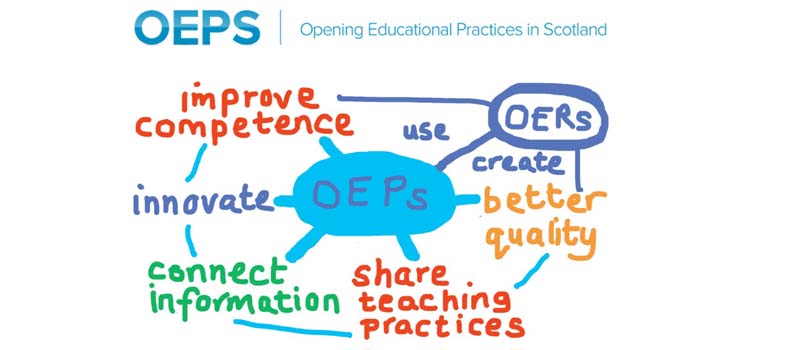2.5 Digital literacies
Changes in how information is shared, whilst dependent on who has control of the mode and means of dissemination, can enable increased access to information. The development of the Internet, in tandem with increased access to, and development of, technology to access the web, has enabled people to find, share and exchange information beyond national boundaries. For example, European Commission research in early 2016 revealed that ‘95% of 16–24 year olds in the EU are regular Internet users’. With access to technology and the knowledge of where to find resources, open education has made materials more accessible and can potentially widen access and participation.
Yet could these ‘95% of "regular Internet users" ’ be described as digitally literate? In other words, do people have the confidence and knowledge to find, appraise and use the resources they find online? Although students and learners may be using the Internet, their levels of digital literacy are likely to differ. Subsequently, this may affect their ability to engage with the increasing amount of educational material that is now available and accessible online, and which can be accessed, reused and studied in both informal and formal contexts by people who may be studying or facilitating learning or just simply interested in finding out more about a particular topic. JISC’s (formerly the Joint Information Systems Committee) ‘quick guide’ ‘Developing students’ digital literacy’ provides a good overview of ‘next steps’ for thinking about developing learners’ digital literacies and the reasons why this is an important consideration. JISC also provides top tips for different groups of users and a wide range of resources to help understand and develop digital skills across institutions and organisations.
Digitisation can reduce individual transaction costs and enable information to be shared easily between interested parties, for example, paywalled research articles or downloaded materials are often shared, in spite of restrictions such as publisher agreements or the mechanism for sharing the material in the first place, e.g. virtual learning environments (VLEs). The possibility for learning outside an institution is potentially increased if one knows where to find materials and resources. There are even examples of people crafting their own curricula through OER and Massive Open Online Courses (MOOCs).
The channels by which students can find information have also increased. In addition to asking fellow students or their teacher, going to the library or using a hard copy encyclopedia or printed resources to find out information, learners today use search engines, most likely Google, or Wikipedia to find out more about a topic. Research by Head & Eisenberg (2010) conducted with US college students revealed ‘over half of the survey respondents (52 per cent) were frequent Wikipedia users [during their course] – even if an instructor advised against it’, with a further 22 per cent reporting using the open, crowdsourced encyclopedia ‘occasionally’.
The availability of information and learning resources can be seen as a challenge to, or conversely, an opportunity for, formal learning. After all, the two are not mutually exclusive. What if educators were to incorporate and use online platforms and materials into their lessons, or to encourage students to critically assess material on (rather than ban the use of) platforms such as Wikipedia, share and develop ideas online and utilise YouTube, Twitter and other platforms? Rather than prohibiting the use of resources such as Wikipedia, there is arguably the opportunity to develop learners’ digital literacy skills as part of embracing openness in education.
For an example of how an educator helped to develop learners’ digital literacy skills read how Natalie Lafferty, Head of the Centre for Technology and Innovation in Learning at Dundee University enabled students to become co-creators of OER.
Activity 2E
Think about the learners you work with.
- What level of familiarity with technology do they have?
- What kinds of digital skills do they have?
- How could what you do in the classroom, at a workshop or elsewhere help recognise and develop the skills your students have?
Write down your thoughts and strategies in your reflective log. You might also want to consider sharing ideas and any strategies that you’ve found effective on the OEPS Forum.
Now try the Section 2 quiz to consolidate your knowledge and understanding from this section. Completing the quizzes is part of gaining the statement of participation and/or the digital badge, as explained in the Course and badge information.
2.4 Why openly license my own materials?
